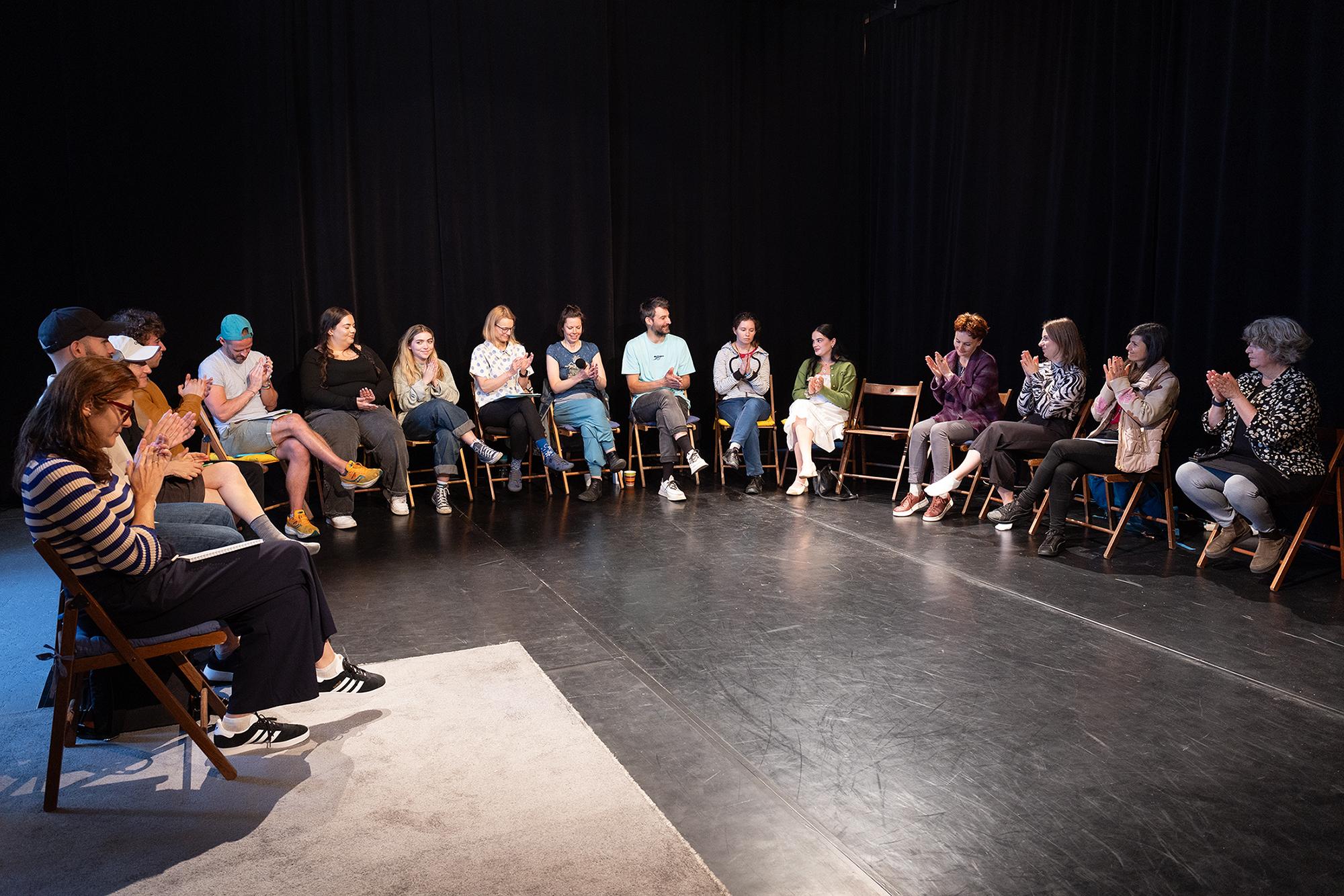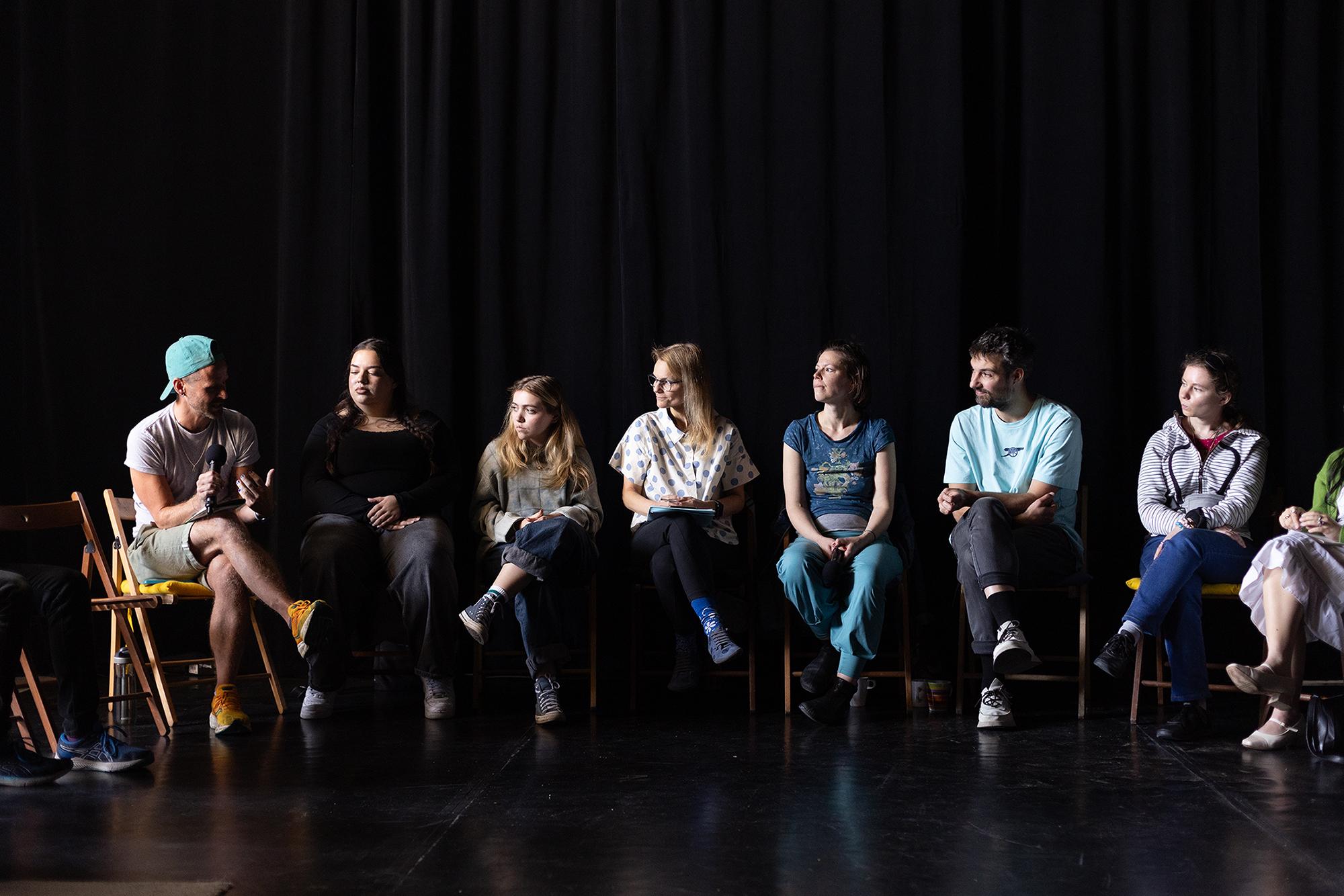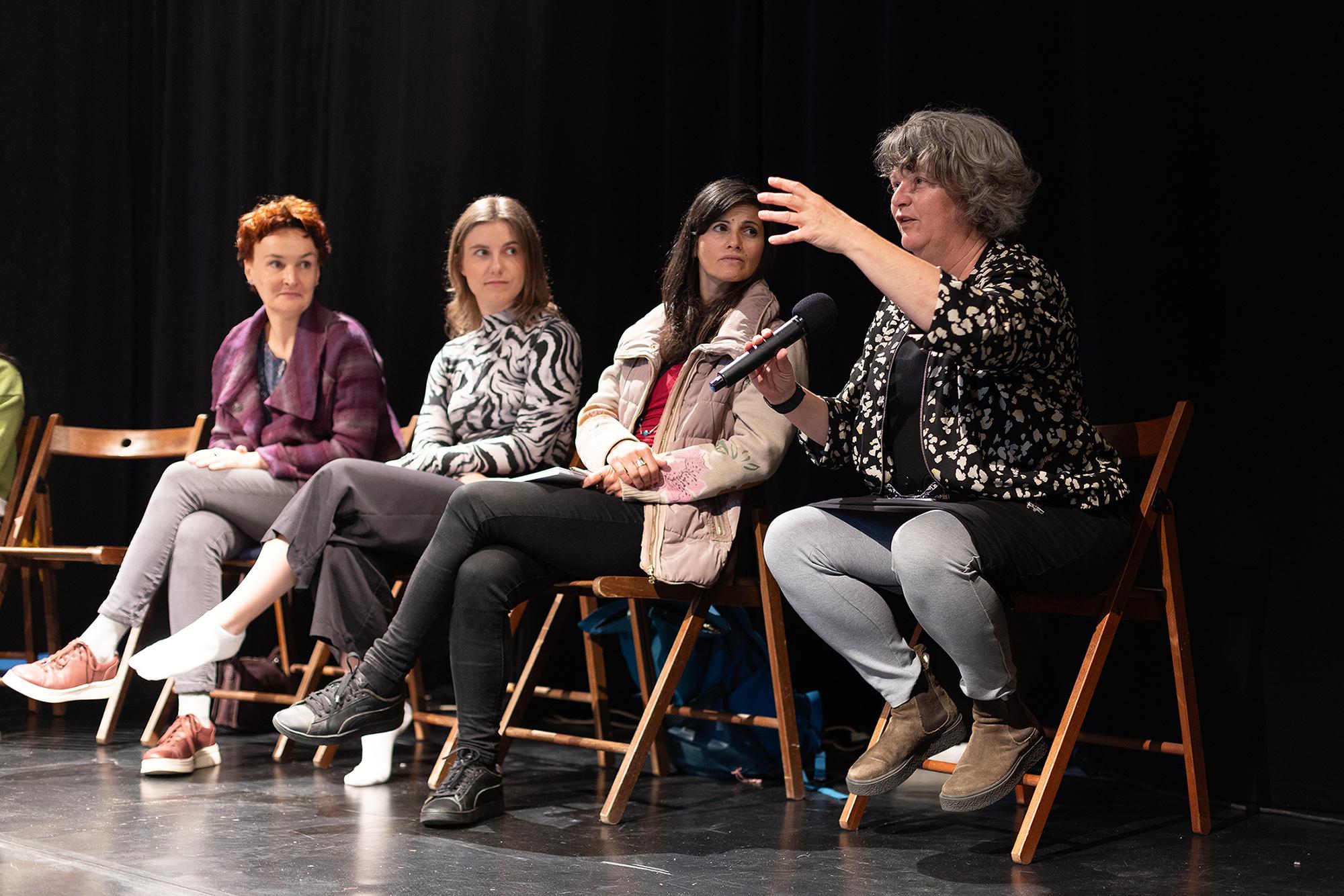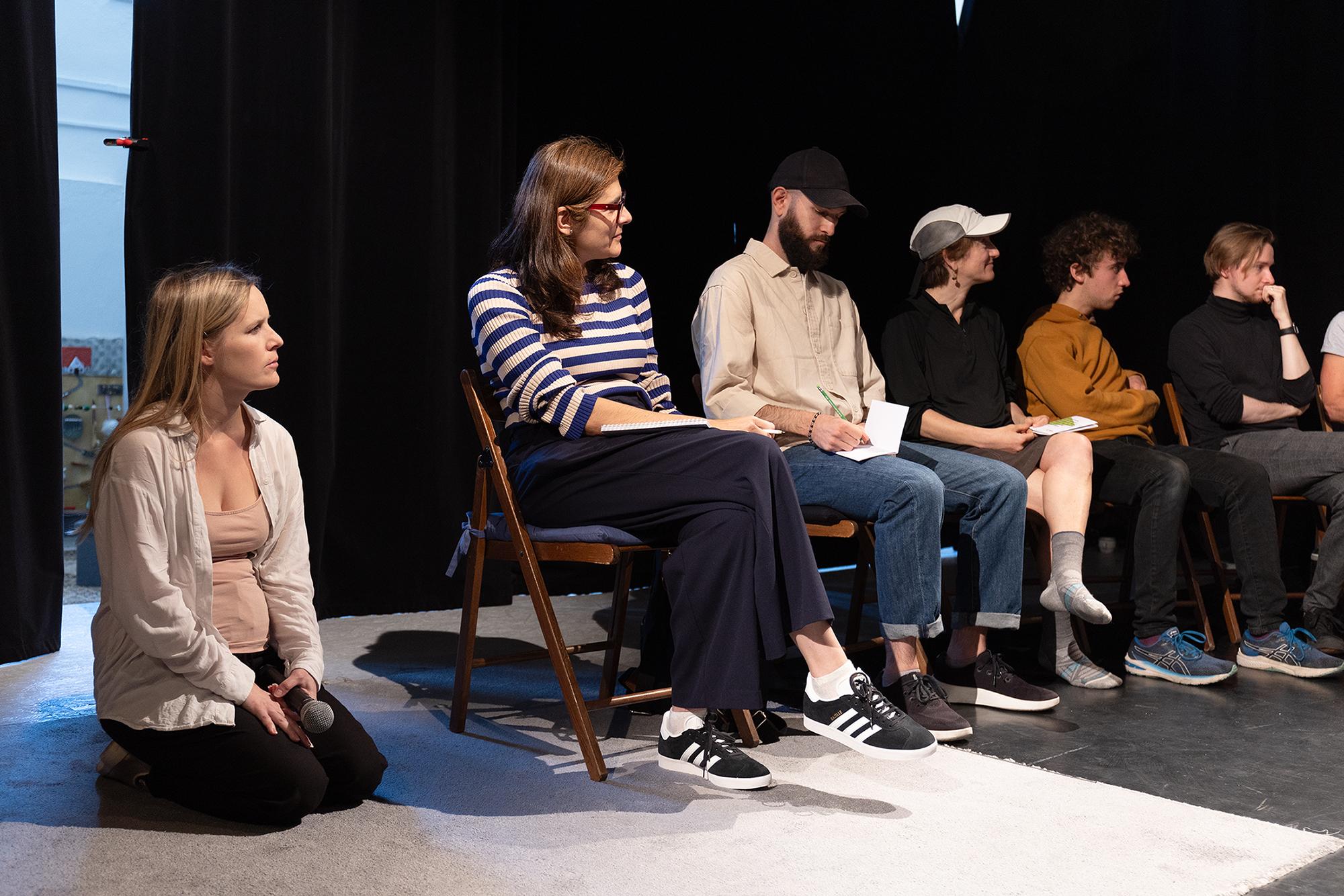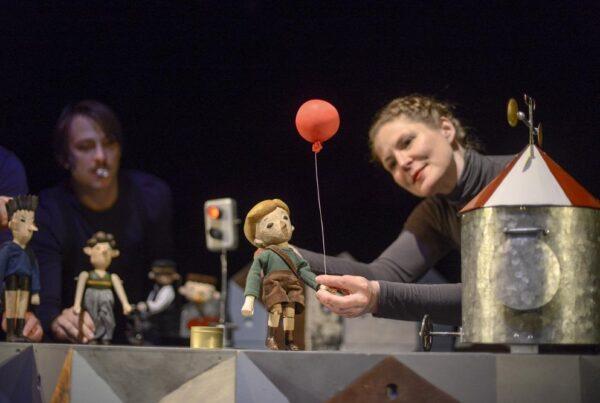(View recording of the panel discussion held by ASSITEJ Czechia on May 21, 2025, at the KUK space in Prague)
by Hana Strejčková
Introduction
Taboo is usually understood as a topic that is not discussed because it is considered too painful, complicated, or “inappropriate,” such as death, violence, sexuality, family breakdown, illness, otherness… In this regard, is theatre, especially theatre for children and young people, a medium that has the potential to safely uncover taboos? What is so uncrossable in the performing arts today that it raises questions and calls for correction? Is it social norms, a code of ethics, personal moral attitudes, or something else that transcends us? What triggers intervention against a theatrical work intended for children? Is today’s world necessarily inclined towards or directly exposed to external recommendations or even official bans, as was the case during the Czechoslovak normalization period and long before it, or is today, on the contrary, an era of destroying the “sacred and dangerous”? What do we mean by free artistic creation, and what do today’s children need to see and experience in the theatre? Is there room for bans and censorship in theatre for children, or should it be a search for artistically valid and ethically acceptable forms of dealing with “taboo” topics? The topic of theatre for children and taboos as an area for research was opened up by the study of researchers (Jorge Dubatti and Nora Lía Sormani) at the 1st International Forum of Critics and Scholars in Buenos Aires in 2010. Even today, fifteen years later, it remains a relevant territory of ideas, insights, and inspirational stimuli, a figurative beacon whose added value is the advocacy of taboo topics and means in theatre intended for children.
Taboo
Today, taboo is generally perceived as a designation for something that is not talked about, that cannot be touched, that could hurt or harm someone, cause them mental pain, or provoke punishment as a response to its violation. Historically and anthropologically, taboo is related to sacred reverence, something more than truth or ideal, something mysterious and dangerous. The origin of the word stems from a Polynesian cult. It was and is related to the need to authoritatively establish the need for reverence for both the subject and the object, to protect the community from something threatening or dangerous. Psychoanalyst Sigmund Freud wrote: “On the one hand, it means sacred, consecrated; on the other, it means threatening, dangerous, forbidden, unclean. The opposite of taboo in Polynesian is called noa – ordinary, generally acceptable. Taboo is therefore associated with the idea of restraint and manifests itself primarily in prohibitions and restrictions. Our phrase “sacred shyness” would often coincide with the meaning of the word taboo.” Before Freud, but in relation to the Central European religious tradition, Alexandr Batěk addressed the topic in a sermon he delivered publicly in Old Town Square on July 4, 1920: “Taboo is the beginning of all authority, but it is also the beginning of civilization and self-discipline. Every religion begins with some kind of taboo.” Batěk drew on the legend of paradise, in which God forbade man to eat from the tree of knowledge…: “The tree of the knowledge of good and evil was a test for man to see if he was worthy of immortality. And man failed. He broke the taboo and was expelled from paradise.” The issue of taboo does not necessarily lie only in initial external restrictions with overlaps into uniform upbringing and education, but can also be manipulation, namely the gradual ingraining of a topic that is not talked about or should not be talked about into the depths of a person’s being. The consequences of this can and often do lead to hyper-correctness, or communication that denies the point of seeking solutions by opening up difficult topics, whether they are pressing or unpleasant. Taboos then spread through society like an infection—a virus. Everyone carries a smaller or larger part of it, but they do not share their burden, even if they struggle with it internally, or, on the contrary, they shout it out loud to the world and call for the realization that a certain type of taboo is now (in Western civilization) obsolete. Collective transmission then creates a platform for the taboo to take root in the generational chain. As Batěk preached in the last century: “From the violation of this first taboo arose the original sin that all of humanity bears.” In agreement with Batěk, however, it can be said that “some taboos are justified, while others are outdated and harmful.” As if to suggest that some taboos have even become customs. In the last century, taboos were certainly viewed differently than they are today, and yet there would undoubtedly be agreements unaffected by time, especially under the guise of protection and caution, particularly for children, the vulnerable part of the population, and then the most powerful. “If society has sought to establish and maintain certain commands and prohibitions since time immemorial, it was certainly because no society can exist without them. It is necessary to realize that asceticism in the sense of voluntary discipline, the individual’s claim on himself, the definition of his own boundaries and his own measure, that is, the control of his own lifestyle, is an essential component not only of religious faith, but of every living education.” Freud further aptly noted that many taboos are in fact self-imposed, that they are often seemingly groundless and incomprehensible from the outside, while the community subject to them perceives them as self-evident. The resulting paradox is the re-tabooing of a topic that has already been opened up.
Taboo as a tool of theatrical censorship
Censorship of productions for young audiences on the grounds of “breaking taboos” is still not uncommon today. This is evidenced by the official postponement (ban) of the premiere of MáMě by Lampion Theatre, directed by Karel Kratochvíl, in February 2025. The creative process of staging a play about childbirth and the relationship between mother and baby for the youngest audiences was suspended during the dress rehearsal week on the basis of a promotional video posted on social media, which the Kladno City Council deemed obscene. Although the artists decided to stand up for their work, they encountered such overwhelming opposition that they ultimately decided to terminate their collaboration with the theatre. Dramaturge Tereza Karpianus commented on the situation during a panel discussion held by ASSITEJ Czechia on May 21, 2025, at the KUK Space in Prague: “In Kladno – at the Kladno theatre – everything below the waist is taboo, as is anything related to environmental issues, feminism, women, LGBT+…” Former artistic director of the Kladno children’s theatre Jan Vejražka further noted that the city leadership would prefer to make children’s ability to think taboo as well, by presenting classic fairy tales in a descriptive and entertaining form. For Canadian multimedia artist and director Jeremy Michael Segal, taboo is primarily a topic that must be discussed in the theatre. He spoke out clearly against the call for comfortable seating in the theatre, which denies encounters with fears or stories that need to be confronted in some way. However, he considers it very important to introduce the audience to the context of the performance, not only through announcements, but also actively—for example, through creative workshops. Theatre artist Shana Bestock from the United States has also encountered restrictions on reruns or official recommendations not to stage performances. She works in Seattle, a city that proclaims itself to be very free-thinking and liberal, where most residents would answer that theatre and taboos do not exist. She works primarily with teenagers and adolescents in the theatre. As she herself noted: “Thanks to them, I discovered their enormous fear of the pubescent body. This, of course, stems from a general fear of physicality. At the same time, this explains why theatre is such a powerful communication tool, because theatre is an embodied experience for both actors and audiences.” Bestock emphasized the moment when a child’s physiognomy and expression change with puberty, which brings with it taboos such as sex and violence in her group. This led her, for example, to think about how to rehearse—how to create a scene that is outside their lived experience but still part of life. She said that it is quite natural that teenagers do not want to stage fairy tales, but through theatre they want to gain a deeper understanding of the reality that surrounds them.
Taboo as protection against…?
Is taboo the protection of children and vulnerable people, property and the powerful, rare objects, and also customs? Is taboo about issuing prohibitions, leading to asceticism as a strictly guarded morality, and avoiding topics that arouse, for example, shame, anxiety, indignation or anger, fear…? Since time immemorial, politics, sexuality, physical or mental disability, menstruation, initiation rituals, incest, puberty, adoption, abortion, childbirth, the postpartum period, illness, abuse, expulsion – displacement – the Holocaust, armed conflict, poverty, lack of freedom, violence, bullying, murder, death… have been taboo to varying degrees. So is taboo a tool for limiting and suppressing curiosity – the desire for knowledge and familiarity? Is protection and caution then a call for restraint and an argument for introducing and maintaining taboos – non-existent or forbidden topics, specifically in the creative sector aimed at children and young people? “Does not talking about taboos mean that they will disappear?” The natural reaction to the above is to recall classic fairy tales. They contain obstacles and violence. Heroes undergo trials, resist death, some succumb to it, others must cross many prohibitions for their liberation. They awaken a range of emotions, encourage reflection, and lead to action, i.e., play. Fairy tales, and this is essential, work with metaphor and generally give hope. In relation to children, it is unwaveringly important to perceive their needs and take all questions seriously and to seek understandable and imaginatively motivated answers to them, with the primary condition calling for a safe environment for experience, whether liberal or conservative. Olena Rosstalna, artistic director of the AmaTea children’s theatre based in Chernihiv, Ukraine, recalled that for decades, and even in recent history, under the influence of Russia’s cultural hegemony, children were not taken seriously and were only supposed to be entertained. “However, if we do not perceive children as individuals from an early age, we will not respect them and see their potential for development through theatre, and if we do not talk about certain topics from the beginning, then with the transition to puberty, it will be all the more difficult to open up problematic areas. And yet these are issues that surround us and that we cannot ignore. I believe that theatre is an excellent tool for communicating many topics that society considers inappropriate, including disability, war, and differences from the majority standard. And if we accept taboos, then we will impoverish children and do them a disservice for their future lives.” Theatre, while adhering to basic parameters such as the aforementioned safety, age-appropriate symbolism and metaphor, functionally chosen format and communication language or code, can be a bridge spanning from taboo to playfulness, where exaggeration is one of the functional tools for creating a “protective circle.” Theatre has the potential, with the creators’ awareness of their ethical responsibility to the target group and its sensitivity in terms of developmental changes, to create a safe framework for exploring difficult topics, because it itself arose from ritual in its historical origins. A dramaturge and former collaborator of the Lampion Theatre Tereza Karpianus says about taboos in theatre for children: “I think taboos in art in general are nonsense. However, the conditions for dealing with a topic that appears to be taboo are important. The topic must be presented with sufficient sensitivity, education, and support in accompanying programs that will help integrate the information into the lives of the audience. Furthermore, children must be introduced to artists or experts who themselves have a healthy understanding of the topic, at least in its basic form. Nevertheless, it is a good idea to include a “trigger warning” in the materials about the production so that the audience can decide for themselves whether to expose themselves to a work that deals with a topic that may be considered taboo.”
Taboo and “little adult”?
Nowadays, even in light of the above, it is absolutely indisputable that children are not little adults and that their overall maturity is conditioned and influenced by many significant factors. Czech dramaturge Zdeněk Hořínek describes this difference as follows: “Children are potentially more intelligent observers than adults. Children are used to encountering phenomena that are unknown and incomprehensible to them, and they deal with them in their own way. They constantly go beyond their limits. They adapt what exceeds their limits: they classify the unknown into familiar coordinates and cognitive categories, perhaps inaccurately or even incorrectly, but creatively. […] Adults may have more knowledge and experience, but they also have greater self-confidence. They often accept new things grudgingly, and they tend to consider what they do not fully understand as an insult to their intelligence, education, experience, and knowledge.” Exposing an unprepared or immature young audience to a traumatic topic could ultimately result in a negative attitude toward theatre and the subject matter being communicated. Children’s sensitivity, due to their insufficiently developed tools for processing certain content and images, is thus a relevant limitation and stimulus in creative processes, but not an obstacle to dealing with taboos. As Alena Urbanová says: “Children experience our time together with us, they live in our real world, not somewhere outside it in a rosy haze of dreams and games. It is a complex world, a confusing web of relationships between people and things, nature, and each other. Because it is the fate of human beings to grow up, little people have no choice but to penetrate this thicket, recognize and sort out life’s phenomena, learn to understand them, master them, and thus gradually become an active and conscious part of social reality from a passive and subconscious one.” The surrounding reality, including the technological achievements of Western civilization, confronts everyone, regardless of age, with conflicts, illness, war and death, sexuality, bullying, and other topics on a daily basis. However, thanks to its narrative or visual composition, theatre can help find a language to talk about what has been seen or experienced without embarrassment or tears. A creative approach to breaking taboos promotes awareness of others, the ability to empathize, and at the same time, the ability to set one’s own boundaries and find tools for coping with stress and emotions associated with difficult life situations. However, the task of theatre creators is not to trivialize the topic or “strip it down to segments cleansed of taboo,” but to find adequate comparisons, artistic treatment, spatial placement, and acting (dance, performance) concepts. Welshman theatre expert Jon Dafydd-Kidd added that the most interesting performances he had ever seen for this target group came from abroad, because they could never have been created in the domestic context of Great Britain. He recalled an experience from around 2015-2016, when he saw the project The Hamilton Complex performed by the Hetpaleis ensemble, which featured thirteen 13-year-old girls and one bodybuilder. “For example, from the perspective of my homeland, the work of the Belgians would be perceived as absolutely taboo. The performance began with a request to turn off mobile phones. Then the girls began to undress and perform gymnastic exercises.” The stage work spoke of physicality, excessive protection, the anxieties of adolescents and adults, the ability to accept reality and face complex problems, as well as collective creation and the possibility of viewing it together. Playfulness, exaggeration, humour, support in ritual, interactivity, and a set level of participation are means of releasing tension. Czech theorist Alena Urbanová adds and confirms that: “Children need the art of theatre in order to fulfil the meaning of their childhood existence, that is, to find their way in the chaos of life.” And as Jan Vejražka added: “The world is not black and white, so it is very important to show it to children as a palette of tastes and colours.” In conclusion, it follows from the above that the cathartic effect of high-quality theatre, which respects the psychophysical specifics and perspectives of a child’s perception, can provide young spectators with a unique experience that is fully applicable to their reality of personal integrity, as they will recognize and uncover taboos from several angles and receive a spectrum of diverse support tools from their guides—the artists—to help them grasp these concepts.
MgA. Hana Strejčková, Ph.D. ASSITEJ Czechia. Academy of Performing Arts in Prague. Palacký University in Olomouc.
This article was written as a pilot output of the planned long-term research project Theatre for Children and Taboos. It includes direct statements and thoughts from participants in a panel discussion held by ASSITEJ Czechia on May 21, 2025, at the KUK space in Prague.
Bibliography
BATĚK, Alexandr. Taboo in the Past and Present: Sermons in the Open Air. Prague: self-published, 1920. Also available at: https://ndk.cz/uuid/uuid:f30c38c0-39f6-11e4-8e0d-005056827e51 [accessed on July 14, 2025].
DUBATTI Jorge and Nora Lía SORMANI. The taboos in theatre for children and young people. Boletín Iberoamericano de Teatro para la Infancia y la Juventud. 9th ed. Madrid (ES): Biblioteca Virtual Miguel de Cervantes.: 2011, pp. 377—394. Available at: https://www.cervantesvirtual.com/obra/the-taboos-in-theatre-for-children-and-young-people/; [accessed on July 15, 2025].
FREUD, Sigmund, Ludvík HOŠEK, and Helena VOSTRADOVSKÁ. Totem and Taboo: Jokes and Their Relation to the Unconscious: (theoretical part). Prague: Práh, 1991.
HEYROVSKÁ, Eva and Ema BAYERLEOVÁ. Ancient Taboos and Modern Man: A Collection of Essays. Prague: Avicenum, 1971.
HOŘÍNEK, Zdeněk. Theatre and the Audience. Prague: Central Cultural House of Railway Workers, 1983.
JUUL, Jesper. The Competent Child: Why You Should Take Your Children Seriously. Translated by Tamara Bučková. Prague: Labyrint, 2007.
URBANOVÁ, Alena. The Myth of Theatre for Children. Prague: ARTAMA, Center for Amateur Arts and Aesthetic Education of the Information and Advisory Center for Local Culture, 1993.
Photos by Adéla Vosičková

